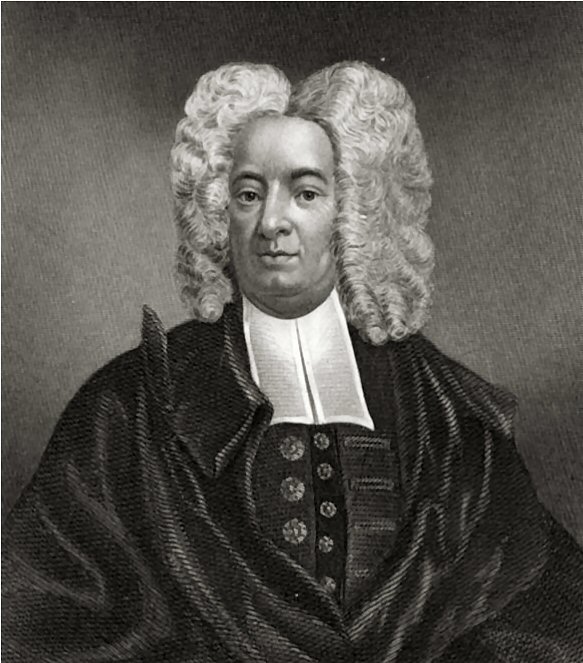The exact end of the
Golden Age of Piracy is a matter of debate. For a long time, I have thought
that the death of Calico Jack Rackham (November 18th 1720) ended the
most important pirating adventures of the Golden Age. But for sheer rage and
pirating spirit, I have come to believe that Captain William Fly extended the Golden Age by sheer force of will.

Fly had a short career.
Like most pirates, his birth date is uncertain, though he is believed to have come
from Jamaica. There are no records of Fly having in his past any sort of family
connections or respectable trade. The earliest reports of him list his
occupation as “prize fighter,” a remarkable fact, given the history of prize-fighting
at the time.
Simply put, fighters of
the time used no safety equipment, and there were no rules. Biting was common
(many men lost ears or noses.) Eye gouging was acceptable, and scooping an
opponent’s eye from its socket was an art form. It was perfectly legal to punch
or even kick below the waist, grapple, and stomp on a downed opponent. Only the
very tough and/or the very desperate took up this kind of thing as a
profession.

It’s safe to say, William
Fly came from a poor family.
Fly, however, was not
maimed, and quit the game to become a sailor. Once again, we don’t know how
long he worked at this profession before he came to the attention of the
authorities. We do know that he was rated as bosun, a responsible supervisory position,
when he shipped out with Captain James (John) Green of board the Elizabeth in 1726.
Contemporary accounts say
that Fly wanted to make a fortune, and that he had become a fighter to win one.
These same accounts say that Fly turned to piracy as a get-rich-quick scheme,
and hint that this was the only reason he took up work as a sailor.

But the fact that he was
rated as bosun indicates that this was not the case. While ship’s captains
sometimes held their positions due to family connections or financial
investment in the ship, men with “blue collar” positions such as bosun need to be
skilled at their jobs in order to make the ship work. A bosun scheduled work
crews, and maintained the deck, ropework, and sails of the ship. Since a ship
of the day contained literally miles of rope, each piece with a distinctive
name and function, and had a wide variety of sails that needed to be constantly
raised, lowered and adjusted due to wind and weather, this was not a job that
could be mastered in only a few months.
Contemporary accounts
also claim that Fly became a pirate because he was too “lazy” to work as a regular
sailor. However, these accounts do not explain how, if this was the case, Fly persuaded
the entire crew of the Elizabeth to
mutiny.

I believe that it is
significant that the captain, Green, was lying drunk in his bed when the
mutineers woke him and dragged him on deck. They seem to have been in a rage,
though the cause of this has never been explained. Certainly some merchant
captains abused their men terribly. Whatever drove Fly and the Elizabeth’s crew to mutiny, they lost no
time in throwing Green and his first mate, Thomas Jenkins, into the sea.

This in itself was an
unusually violent act. During other mutinies from the period, captains were put
off in the ship’s boat, or left on a deserted coast. In fact, during at least
one mutiny, the mutineers merely took the ship back to port and got off, and
went looking for other work..
So Fly and his men were
enraged. After drowning their former captain and first mate (neither of whom went down easily, and both of whom had to be beaten off the side of the ship with weapons) they
made a big batch of alcoholic punch, and drank it while deciding what to do
next.
The men elected Fly, the
logical next in command, to the title of captain, and decided to become
pirates. They created a Jolly Roger flag, renamed the ship Fame’s Revenge and began robbing ships between South Carolina and
Boston.

By this time, however,
the authorities were in full pursuit of pirates. William Fly and the Fame’s Revenge lasted in their career
only three months before they were captured and brought to trial in Boston.
It was here that Fly
showed his metal as a pirate.
While held in prison, he
was visited by none other than Cotton Mather, the famous puritan preacher,
notorious for his prosecution of witches during the Salem Witch trials. Mather
tried in vain to persuade Fly to recant his sins, to confess, or even to attend
church services during his confinement in order to be spared the fires of hell.
 |
| Cotton Mather |
Once on the scaffold, Fly
took one look at the hangman’s noose awaiting him, berated the hangman for doing
a sloppy job, re-tied the knot himself, and placed it around his own neck. He
then berated the crowd.
Fly stated, in short,
that selfish owners and brutal captains brought piracy down upon themselves,
and that if seamen were paid on time, and treated like human beings, piracy
would not exist. He is quoted as concluding: "Our Captain and his Mate
used us Barbarously. We poor Men can’t have Justice done us. There is nothing
said to our Commanders, let them never so much abuse us, and use us like
Dogs."

William Fly and two of
his fellow pirates were hanged on July 142 1726. A true pirate to the last, Fly
urged all working class folks to stand up for themselves. May his legacy live
on.
세종콜걸
ReplyDelete대전콜걸
평창콜걸
대전콜걸
세종콜걸
광주콜걸
영월콜걸
대구콜걸
Very efficiently written information
ReplyDeleteI admire this blog here.
ReplyDeleteAwesome article, keep doing
ReplyDeleteA top notch article
ReplyDeleteEstoy impresionado con este sitio de Internet, soy muy fan.
ReplyDeleteA lot of helpful info here.
ReplyDeleteLucky me I reach on your website by accident, I bookmarked it.
ReplyDeleteI like the valuable information you provide in your articles.
ReplyDeleteI definately appreciate each and every piece of it.
ReplyDeleteThe clarity in your post is simply excellent and i could assume you are an expert on this subject.
ReplyDeleteI love your blog.. very nice colors & theme.
ReplyDeleteGreat blog. I delighted in perusing your articles.
ReplyDeleteThank you for providing information from your website. On of the good website in search results.
ReplyDeleteTerrific work!
ReplyDeleteGreat goods from you, man. I have understand your stuff previous to and you are just extremely fantastic.-ag
ReplyDeleteHey There. -ag
ReplyDeleteI found your weblog using msn. This is an extremely smartly
ReplyDeletewritten article. -ag
ReplyDeleteGreat information.